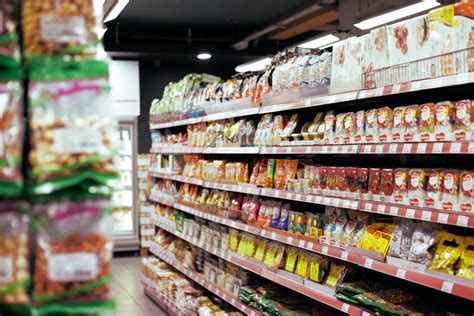The holiday season is a time for festive decorations, merry gatherings, and indulging in delicious treats. However, amidst the cheer and joy, Belgium found itself in a peculiar situation when the Belgian Federal Food Agency issued an unexpected warning regarding an unconventional culinary trend that emerged in Ghent.
It all started when Ghent’s local authorities proposed a unique way to repurpose Christmas trees post-festivities. The idea was to reuse pine needles from the trees in various recipes as a sustainable measure to reduce waste—a noble effort indeed. The council suggested creating flavored butter and soup infused with pine needle essence, drawing inspiration from traditional Scandinavian culinary practices where such techniques have been employed for generations.
“In Scandinavia, they have been doing it for a long time: picking the needles from the branches, briefly immersing them in boiling water, pouring them through a sieve and drying them on a clean cloth,” shared the council on its website. “Once the needles are dry, you can make delicious spruce needle butter with them for bread or toast.”
While this innovative approach garnered attention and sparked curiosity among residents looking to embrace eco-friendly habits, it also raised eyebrows at the Belgian Federal Food Agency (FASFC). Concerns about food safety and public health quickly surfaced as the FASFC intervened with an urgent message cautioning against consuming Christmas tree components.
“Christmas trees are not meant to end up in the food chain”
The FASFC emphasized that Christmas trees were never intended for consumption due to potential contamination risks. Most commercially sold trees undergo treatment with pesticides and other chemicals during cultivation—a practice that renders them unfit for human or animal consumption.
Moreover, there is an added layer of danger associated with unknown treatments like flame retardants which could have severe—even fatal—consequences if ingested unknowingly. The agency underlined that without clear labeling or information on how these trees were managed and treated pre-harvesting, it was impossible to guarantee their safety as edible ingredients.
“It is crucial that consumers understand the inherent risks involved in repurposing items not intended for consumption into their meals,” stated an official statement released by FASFC. “In this case, eating Christmas trees poses serious threats to both human health and animal welfare.”
Following swift action by authorities prompted by these warnings, Ghent’s local council swiftly retracted its initial promotion of consuming Christmas tree elements. The contentious social media post encouraging such practices was deleted while modifications were made on their website altering the focus from “Eat your Christmas tree” to “Scandinavians eat their Christmas trees” along with clarification that not all types of Christmas trees are safe for consumption.
Additionally, a crucial advisory was inserted on their platform alerting individuals about distinguishing between edible evergreens like pine trees versus toxic varieties such as yew trees—an essential distinction vital in preventing accidental poisonings.
As we bid adieu to another holiday season filled with cherished memories and traditions, let us remember this unforeseen episode as a cautionary tale—an amusing yet insightful reminder that not everything adorned during festivities is meant to be savored at our dinner tables.









Leave feedback about this